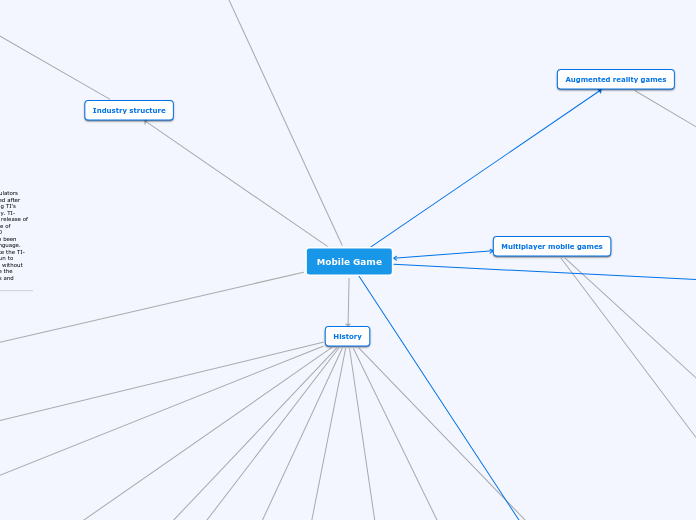realizată de soonchoo choo 5 ani în urmă
528
Mobile Game
With the widespread adoption of mobile devices, particularly in developed countries, there has been a significant rise in the creation of mobile games with educational and health-related purposes.









